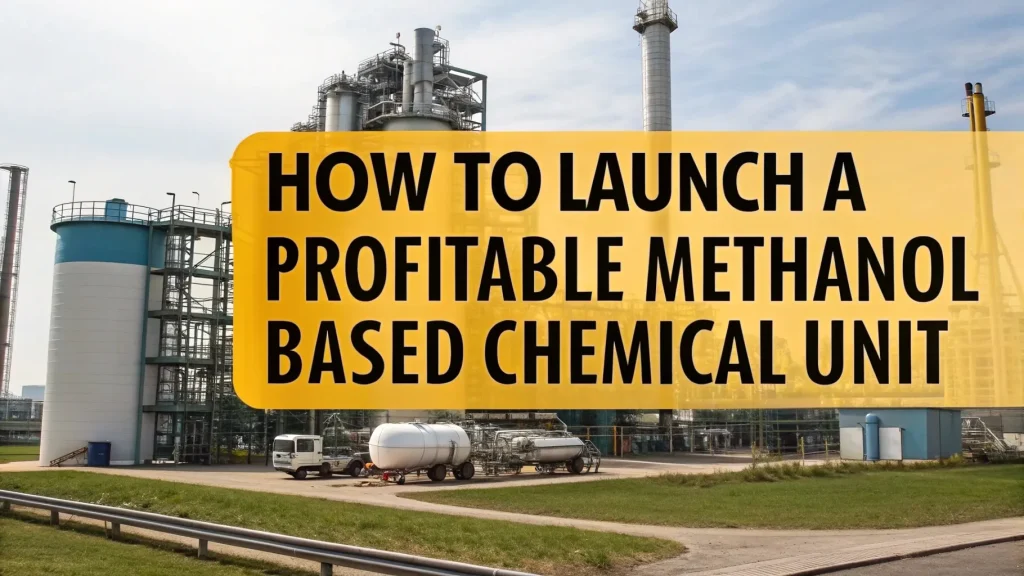The agricultural industry is undergoing a major transformation in 2025, driven by the need for sustainable farming practices and increased crop productivity. One of the most critical inputs ensuring optimum plant health and maximum yield is micronutrients fertilizer. These specialized fertilizers play a vital role in correcting micronutrient deficiencies in soils and plants, thus promoting healthier crops and efficient nutrient uptake.
Understanding the Micronutrient Fertilizer Manufacturing Process
The production of micronutrient fertilizer is a strategic industrial activity that requires precision, regulatory compliance, and market insight. These fertilizers typically contain essential trace elements like zinc (Zn), iron (Fe), copper (Cu), manganese (Mn), boron (B), molybdenum (Mo), and sometimes chlorine (Cl)—each of which plays a key role in plant development.
Raw Materials and Ingredient Sourcing
The first step in micronutrient fertilizer manufacturing is the procurement of high-quality raw materials. This includes both inorganic salts and chelating agents. Common sources are:
- Zinc Sulfate Heptahydrate for zinc
- Ferrous Sulfate for iron
- Copper Sulfate for copper
- Manganese Sulfate for manganese
- Borax or Boric Acid for boron
- Sodium Molybdate for molybdenum
- EDTA, DTPA, and EDDHA as chelating agents
These ingredients are carefully tested for purity, solubility, and bioavailability before formulation.
Formulation Techniques
There are two primary forms of micronutrient fertilizers: blended powder/granules and liquid solutions. The choice depends on the mode of application (soil, foliar spray, or fertigation).
Dry Blending and Granulation:
- Ingredients are measured, weighed, and blended in ribbon mixers.
- Anti-caking agents and binders are added.
- The blended mix is granulated using pan granulators or drum granulators.
- The granules are then dried, screened, and coated to ensure uniform size and prevent moisture absorption.
Liquid Fertilizers:
- The chelated micronutrients are dissolved in deionized water.
- Stabilizers and surfactants are added.
- The solution is filtered, pH-adjusted, and stored in UV-protected containers.
Both forms are subject to rigorous quality control protocols to meet agricultural grade standards.
Chelation Process for Enhanced Bioavailability
Chelation significantly increases the effectiveness of micronutrient fertilizers. During the chelation process, organic molecules (chelators) like EDTA or DTPA bind with metallic micronutrients, preventing the metal ions from reacting with soil particles. This keeps the nutrients in a form that plant roots can easily absorb.
Chelated micronutrients are essential for alkaline or calcareous soils, where free metal ions tend to become insoluble.
Production Line and Equipment Required
A modern micronutrient fertilizer manufacturing unit comprises:
- Raw material storage silos
- Batching and mixing tanks
- Granulators and dryers
- Quality control laboratory
- Packaging machines
- Dust collection and air filtration systems
Automation is now a standard across advanced plants to maintain batch consistency, minimize human error, and ensure safe working environments.
Packaging and Labeling
Proper packaging is crucial to preserve the integrity and shelf-life of micronutrient fertilizers. Common packaging materials include:
- Multi-layered laminated sacks for powders/granules
- HDPE containers or bottles for liquids
Labeling must comply with FCO (Fertilizer Control Order) 1985 or relevant local regulations. Labels must indicate the percentage of each micronutrient, application rates, batch number, date of manufacture, expiry date, and safety instructions.
Regulatory Compliance and Certifications
Manufacturers must register their products with agricultural regulatory authorities and obtain licenses. Certifications such as ISO 9001, ISO 14001, and ISO 45001 enhance credibility. Moreover, compliance with REACH, GHS, and FSSAI (for micronutrients used in animal feed) may be necessary, depending on the geography and end-use.
Market Demand and Trends in 2025
The global micronutrient fertilizer market in 2025 is witnessing a massive upsurge due to:
- Growing emphasis on balanced fertilization
- Increase in precision farming and organic agriculture
- Rising awareness among farmers regarding micronutrient deficiency
- Government subsidies and policy support
India, China, Brazil, and the USA are the leading consumers, with zinc and boron being the most demanded nutrients.
Business Model and Profitability
Setting up a micronutrient fertilizer manufacturing unit in 2025 can be highly profitable. With investments starting from ?25-50 lakhs for a small-scale unit and scaling up to ?2 crores for a medium-size unit, returns are promising due to:
- High demand from horticulture and commercial crops
- Relatively low competition compared to bulk NPK fertilizers
- Scope for export under Make in India initiatives
Profit margins range from 20% to 35%, depending on the product range, marketing strategy, and distribution channels.
Distribution, Branding, and Marketing Strategies
To succeed in the micronutrient fertilizer business, it’s essential to:
- Build a strong dealer and distributor network in rural and semi-urban areas
- Educate farmers via demo trials, agri-clinics, and farmer fairs
- Leverage digital marketing and e-commerce platforms
- Partner with agricultural universities and Krishi Vigyan Kendras for credibility
- Offer customized solutions for specific soil deficiencies in different regions
Sustainability and Future Prospects
In 2025, sustainability is no longer optional. Manufacturers must adopt:
- Eco-friendly formulations using biodegradable chelators
- Water-efficient processes
- Zero-waste manufacturing
- Carbon footprint reduction strategies
With the integration of AI and IoT, the future holds smart micronutrient fertilizers that release nutrients based on plant requirements. This innovation will transform farming into a data-driven, highly productive domain.
Conclusion
The manufacturing of micronutrient fertilizers is a forward-looking, profitable, and impactful business. As agriculture advances toward high-efficiency inputs and sustainable techniques, investing in this niche segment can bring robust economic returns while contributing to national food security and farmer welfare. By adhering to quality standards, investing in technology, and building strong farmer relationships, manufacturers can establish a lasting footprint in this growing market.
Visit the page Select and Choose the Right Business Startup for You for sorting out the questions arising in your mind before starting any business and know which start-up you can plan. We, at NPCS, endeavor to make business selection a simple and convenient step for any entrepreneur/startup. Our expert team, by capitalizing on its dexterity and decade’s long experience in the field, has created a list of profitable ventures for entrepreneurs who wish to diversify or venture. We update the list regularly to give you a steady stream of new emerging opportunities.




